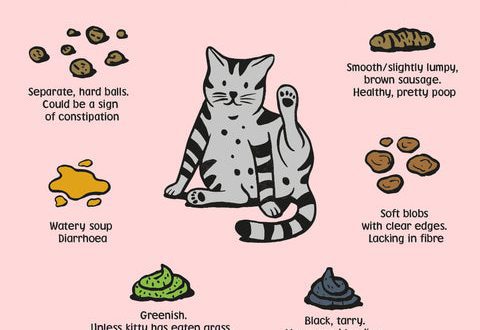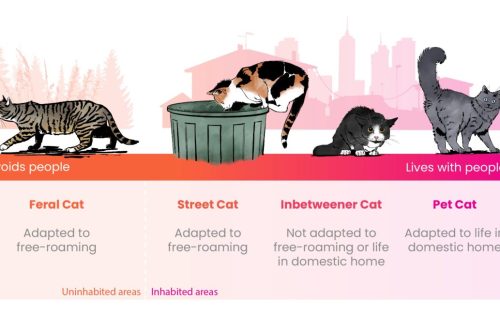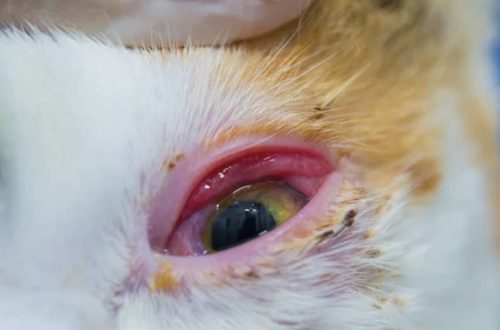
Dandruff in cats. What to do?
What is dandruff?
This is a condition where so-called dead cells slough off the skin, which can sometimes cause itching and irritation. When dandruff causes a cat to itch uncontrollably, skin damage becomes a real problem.
It is important to find out the cause, especially if the dandruff is persistent and occurs in large numbers.
What will we see on the animal?
The most common symptom of dandruff is dry, flaky skin. If your cat has dark fur, the flaky skin will become even more noticeable. The cat may itch and constantly lick, she may have red patches of skin, irritation. Itching and constant licking can lead to baldness. Occasionally, cat owners may find thick, hard, scaly patches of dry skin.
There are many reasons for dandruff, but in any case, the final diagnosis is made by a veterinarian.
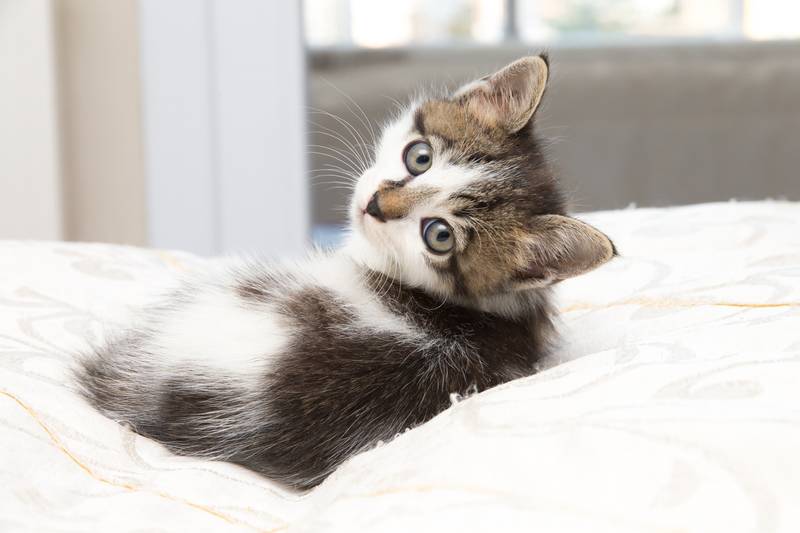
What causes dandruff?
Food. Food is paramount to your cat’s health and well-being, as well as its ability to fight disease. Skin conditions, including dandruff, are often a clear sign that your cat is not getting the nutrients it needs through food. Dandruff is often a sign of a lack of omega-3 oils.
Dehydration. Dandruff in cats can be a sign of dehydration. If your cat is not getting enough water, the result can often be dry skin and therefore dandruff. The weather can also affect the condition of the skin.
Food allergy. Dandruff can be the result of a food allergy. Think about whether you have changed the animal’s diet recently. Does the onset of dandruff in your cat coincide with these changes? In addition, cats have been known to develop food allergies when given the same food over and over again. Therefore, changing your diet can completely eliminate dandruff.
Allergy to the external environment. Just like humans, cats can suffer from allergic reactions to various plants, fertilizers, and even detergents. If your cat lives outdoors, consider if she stepped on something that could irritate her skin. If the cat does not leave the premises, remember if you have recently changed the washing powder or any cleaning products that you use in the house. Or maybe you bought a new flower?
Parasites. External parasites – fleas, lice and mites – can bite the cat’s skin, causing an allergic reaction and therefore dandruff. It is known that one of the types of mites – Cheyletiella – can also cause dandruff.
Fungal infections. Dermatophytosis and Malassezia are often the culprits in feline dandruff. But the diagnosis can only be made after diagnostic tests.
Diabetes and hyperthyroidism. Older cats are susceptible to these diseases; these diseases can also lead to dandruff in a pet.
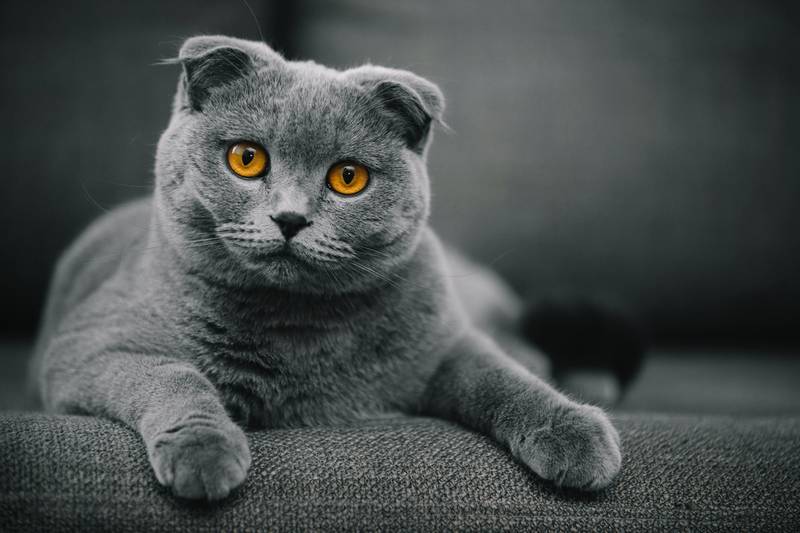
Lymphoma. Dandruff in cats can also be a symptom of a more serious condition, such as feline lymphoma, but only a doctor can make this diagnosis.
Sunburn. Just like humans, cats are prone to sunburn, especially on delicate parts of the body such as the nose, ears, mouth, and eyelids. In addition, hairless cats or cats with sparse fur are at a higher risk of sunburn.
Stress. Anxiety caused by environmental changes can also cause dandruff to develop in cats. Many cats are very sensitive. Even small lifestyle changes can stress your cat.
Overweight. Overweight cats are more prone to dandruff. They cannot fully groom themselves, which leads to various skin problems. Finally, obesity often leads to diabetes, which is another cause of dandruff in cats.

Age. Old age is also a culprit for dandruff in cats. As skin ages and blood flow decreases, it begins to lose its elasticity and becomes dry.
In any case, if you see dandruff in your pet, it is recommended that you make an appointment with a doctor to make a definitive diagnosis and start proper treatment.
Photo:



